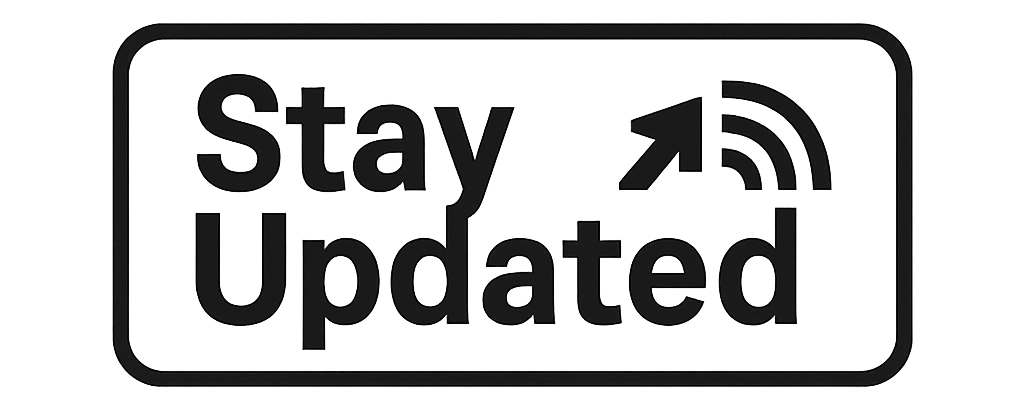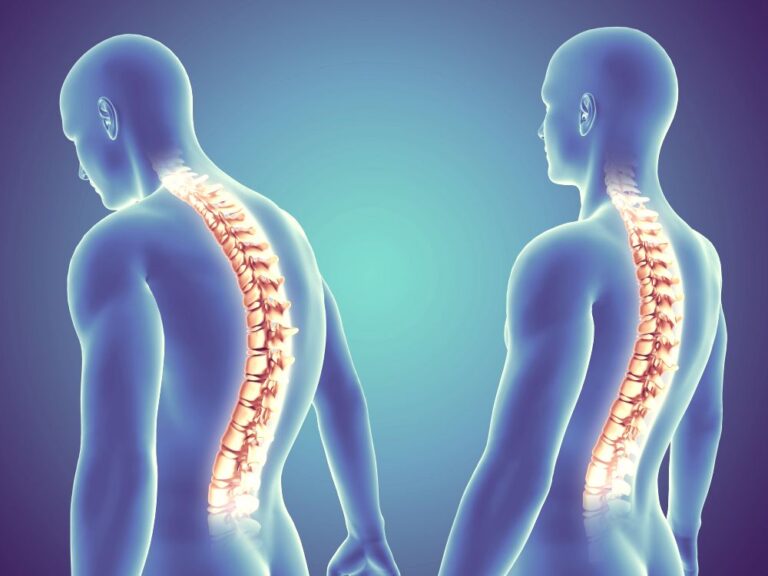A Complete Guide to Medical Health for Beginners
Medical health in India encompasses the country’s healthcare system, services, public health programs, and access to treatment and preventive care for its population of over 1.4 billion. The system includes both public and private sectors, ranging from large urban hospitals to rural health centers.
The need for a strong medical infrastructure in India arises from its vast population, geographic diversity, and varying income levels. With diseases ranging from communicable infections to chronic non-communicable illnesses, the Indian healthcare system plays a vital role in sustaining national well-being and economic growth.

India’s healthcare services are delivered at multiple levels:
Primary care through sub-centers and primary health centers (PHCs)
Secondary care through district hospitals and community health centers (CHCs)
Tertiary care through medical colleges, AIIMS, and specialty hospitals
Why Medical Health Matters Today
Impact on Every Individual
Healthcare in India affects everyone—from infants receiving vaccines to the elderly managing chronic diseases. It directly influences life expectancy, productivity, and quality of life.
Key Problems It Addresses
Disease Prevention: Immunizations, maternal health, sanitation
Treatment: Managing illnesses, surgeries, emergency care
Public Health Crises: Outbreaks, pandemics, climate-related illnesses
Mental Health: An increasing focus due to rising stress and depression rates
Rising Disease Burden
India faces a double burden:
Communicable diseases: Tuberculosis, dengue, malaria
Non-communicable diseases (NCDs): Diabetes, hypertension, heart disease
According to the Indian Council of Medical Research (ICMR), NCDs now account for over 60% of total deaths in India.
Recent Updates in Medical Health (2023–2025)
Expansion of Ayushman Bharat Scheme
In 2023, the Ayushman Bharat – Pradhan Mantri Jan Arogya Yojana (PM-JAY) expanded its coverage. Now over 55 crore beneficiaries receive free health insurance of up to ₹5 lakh per year. The scheme added over 300 procedures in 2024, improving access to surgeries and diagnostics.
Digital Health ID Launch
The government continued implementing the Ayushman Bharat Digital Mission (ABDM). As of early 2025, over 45 crore people have registered for a Digital Health ID, allowing them to access health records across hospitals and labs online.
Rise of Telemedicine
The use of online consultations and video-based doctor appointments saw a significant rise. Platforms like eSanjeevani crossed 14 crore consultations by March 2025, offering free telemedicine services even in remote areas.
Focus on Mental Health
The National Tele-Mental Health Program (Tele-MANAS), launched in 2022, grew in scale. By 2024, it had over 2,000 trained mental health professionals offering free consultations in regional languages.
Laws and Policies Affecting Healthcare in India
National Health Policy (2017)
This policy guides India’s long-term goals for universal health coverage, aiming to:
Increase public health spending to 2.5% of GDP
Improve access to essential medicines
Strengthen preventive and promotive healthcare
Clinical Establishments Act (2010)
Ensures that hospitals and clinics across India meet minimum standards of care. States have gradually adopted this act to regulate private healthcare providers.
Drugs and Cosmetics Act (1940)
Regulates the manufacture, distribution, and sale of medicines and cosmetics in India. Recent amendments focus on tighter quality control and transparency in clinical trials.
National Medical Commission Act (2019)
Replaced the Medical Council of India with the National Medical Commission (NMC), which oversees medical education, ethics, and the licensing of doctors in India.
Key Public Health Programs
| Program Name | Objective |
|---|---|
| Ayushman Bharat | Health insurance for the poor |
| National Health Mission (NHM) | Strengthening rural and urban health care |
| Universal Immunization Programme (UIP) | Vaccinations for children and pregnant women |
| National AIDS Control Programme (NACP) | HIV prevention and treatment |
| Pradhan Mantri Bhartiya Janaushadhi | Affordable generic medicines |
Tools and Resources for Medical Health in India
Government Apps and Portals
ABHA App (Ayushman Bharat Health Account)
Create and manage your digital health ID and health records
eSanjeevani
Free online doctor consultations
CoWIN
Used for vaccination appointments and certificates
Pradhan Mantri Jan Aushadhi Kendra Locator
Find affordable medicines nearby
Private Platforms
Practo, 1mg, and Medibuddy: Book doctor appointments, order medicines, access lab tests
HealthifyMe and Fittr: Track health metrics, connect with dietitians and fitness experts
Health Calculators and Tools
BMI Calculator (National Institute of Nutrition)
Diabetes Risk Assessment Tools (ICMR)
Pregnancy Due Date Calculator (available on pregnancy care portals)
Frequently Asked Questions (FAQs)
What is the current state of healthcare infrastructure in India?
India has over 1.5 lakh health and wellness centers under Ayushman Bharat, along with district hospitals, private clinics, and super-specialty hospitals. However, there are disparities between urban and rural areas in terms of access and quality.
Is healthcare in India free?
Public healthcare is largely free or subsidized, especially in government hospitals. However, many people also use private healthcare, which is paid and can be expensive without insurance.
What are the major health concerns in India today?
Non-communicable diseases: Diabetes, heart disease, cancer
Communicable diseases: Tuberculosis, malaria, dengue
Mental health: Anxiety, depression, substance abuse
Maternal and child health issues in underserved regions
What is Ayushman Bharat and who is eligible?
Ayushman Bharat is a government scheme that provides ₹5 lakh annual insurance per family for secondary and tertiary care hospitalization. It targets low-income and vulnerable families as per Socio-Economic Caste Census (SECC) data.
How can I find affordable medicines in India?
You can buy quality generic medicines from Pradhan Mantri Jan Aushadhi Kendras, located across India. They offer cost-effective alternatives to branded drugs.
Conclusion
Medical health in India is a vast and evolving field influenced by public policy, technological innovation, and demographic shifts. While India has made considerable progress in improving life expectancy, immunization rates, and healthcare access, challenges such as rural health gaps, high out-of-pocket expenses, and the burden of chronic diseases remain.
With initiatives like Ayushman Bharat, telemedicine, and digital health IDs, the government is aiming to build a more inclusive, accessible, and efficient healthcare system. Understanding the tools, rights, and resources available can help citizens make informed decisions about their health and well-being.







